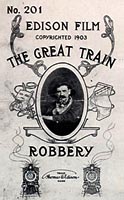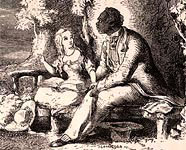Red Hot Jazz Archive: A History of Jazz before 1930

Covering more than 200 jazz bands and musicians active from 1895 to 1929, this website offers biographical information, photographs, and audio and video files. It includes more than 200 sound files of jazz recordings by well-known artists, such as Louis Armstrong, Sidney Bechet, and Django Reinhardt, as well as many by dozens of lesser-known musicians.
The files are annotated with biographical essays of varying length, discographies, and bibliographic listings. Listings are available for 20 short jazz films made in the late 1920s and early 1930s as well as two video files. Twenty essays and articles about jazz before 1930 come from published liner notes, books, journals, or jazz fans.






